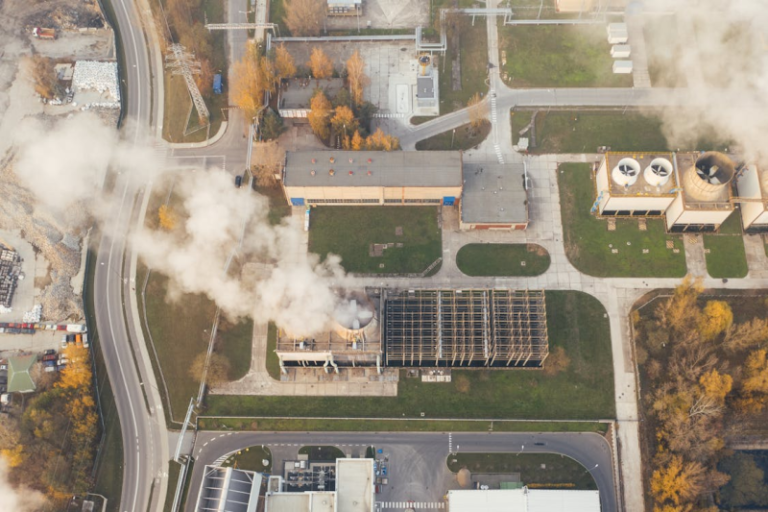China is practicing “dogfighting” satellites as part of its expanding capabilities in space, according to the United States Space Force, which warned that Washington’s key rivals are closing the technology gap as space becomes increasingly critical to security on Earth.
The Space Force observed “five different objects in space maneuvering in and out and around each other in synchronicity and in control,” its vice chief of space operations Gen. Michael A. Guetlein said Tuesday at a defense conference.
“That’s what we call dogfighting in space. They are practicing tactics, techniques, and procedures to do on-orbit space operations from one satellite to another,” Guetlein said, using a term that typically refers to close-range aerial combat between fighter jets.
While the purpose of such operations was not clear – and some experts question the use of the term – Guetlein’s comments come as analysts say a growing number of countries, including China, have sought to develop counterspace technologies.
Such capabilities could enable a country to destroy or disable satellites, potentially allowing them to interrupt a rival military’s communications or operations like launching and detecting missiles. Such interference could also wreak havoc on global navigation systems used for everything from banking and cargo shipping to ambulance dispatch.
The US has been closely watching China’s rapid rise as a space power in recent decades, not only through its ambitious lunar and deep-space exploration programs, but also what analysts describe as its deepening counterspace capabilities.
In response to a question about China and Russia, Guetlein said they had developed “exquisite” capabilities. He cited the deployment of jammers to disrupt satellite signals, the ability to dazzle intelligence surveillance and reconnaissance satellites with lasers, as well as maneuvers involving grappling with a satellite and towing it to a different orbit.
“This is the most complex and challenging strategic environment that we have seen in a long time, if not ever,” Guetlein said, adding that the force needs “capabilities to deter and, if necessary, defeat aggression” to “guarantee that the advantage is in our favor” into the future.
“There used to be a capability gap between us and our near peers, mainly driven by the technological advancement of the United States … that capability gap has significantly narrowed,” he said.
The “dogfighting” incident referenced by Guetlein involved a series of Chinese satellite maneuvers in 2024 in low Earth orbit involving three Shiyan-24C experimental satellites and two Chinese experimental space objects, the Shijian-6 05A/B, a Space Force spokesperson said.
Beijing has released little public information about its experimental satellites and such operations. The country included safeguarding its “security interests in outer space” among its national defense goals in a 2019 white paper but has long said it stands “for the peaceful use of outer space” and opposes an arms race there.
‘Dogfighting’ in space?
Given the physical dynamics in space, the maneuvers described by Guetlein as “dogfighting” would look very different from those in the air between fighter jets, in this case involving satellites maneuvering around one another using propellant, experts say.
Analysts have long been closely monitoring interactions between satellites and other objects in space. Typically referred to as “rendezvous and proximity operations,” these maneuvers can be used for peaceful operations like satellite maintenance or clearing debris – but could also allow countries to interfere with adversaries’ assets.
“Close maneuvering around other satellites could suggest the development of a counterspace weapon because getting close to another satellite means you could potentially grab it, launch a net or projectile at it, or use an energy weapon, like a laser or jammer,” said Clayton Swope, deputy director of the Aerospace Security Project at the Center for Strategic and International Studies think tank in Washington.
“But getting close to another satellite might also suggest other purposes, like in-space servicing or refueling. It could also be one satellite trying to take a picture of the other one,” he said, adding that China is launching “more and more satellites that demonstrate the ability to conduct sophisticated maneuvers.”
“We don’t really know for sure, at least not publicly, what any of these satellites are up to, but some are probably doing surveillance and also testing out new space technologies that could be used as counterspace weapons,” Swope added.
There is no confirmed public evidence of China using counterspace capabilities against any military targets, the independent US-based Secure World Foundation said in an annual report on countries’ counterspace capabilities last year.
Russia and the US are also known to conduct proximity operations to their own and other satellites, she added.
“It’s hard to say if this Chinese capability is something that the US doesn’t have since we’re learning about it from US commercial SSA (space situational awareness) companies, who are generally reluctant to discuss what US satellites are up to,” she said.
Referring to China’s operations as “dogfighting” in space is “not helpful” because it “automatically ascribes hostile intentions to activities that frankly the US also undertakes,” Samson added.
Currently, the US doesn’t have an acknowledged operational program to target satellites from within orbit using other satellites or spacecraft, though it could likely quickly field one in the future, according to SWF’s annual report.
That’s because the US has done extensive “non-offensive” testing of technologies to approach and rendezvous with satellites, including close approaches of its own military satellites and several Russian and Chinese military satellites, the foundation said.




